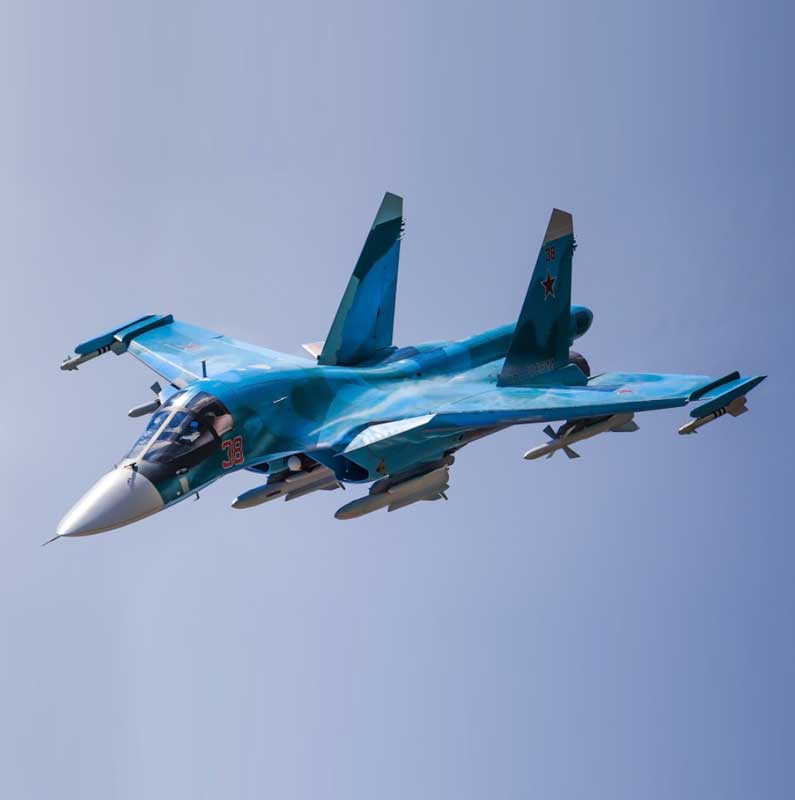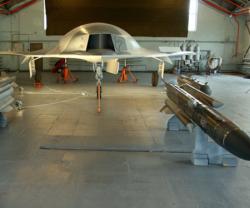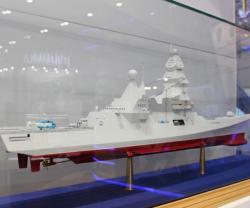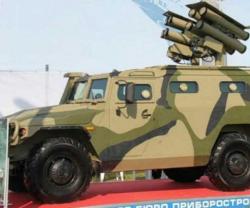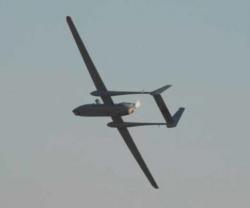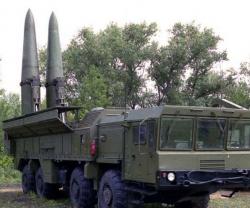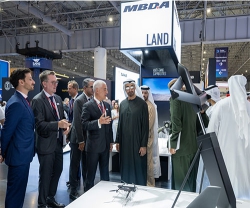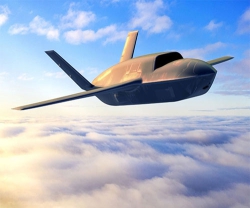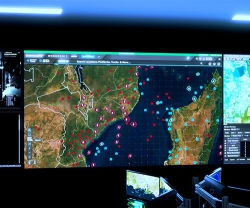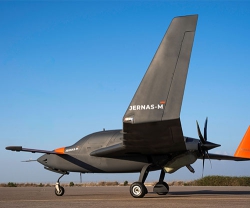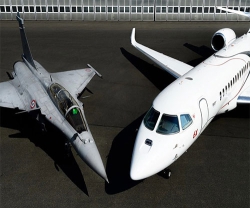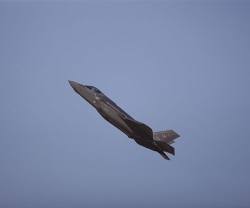Russia’s latest Sukhoi Su-34 frontline bomber will soon be sporting advanced radio surveillance gear that will allow the crew to spot and destroy enemy headquarters, communications and drone control centers, the newspaper Izvestiya wrote citing a source at the Defense Ministry in Moscow.
The new system, dubbed the UKR-RT, is placed inside a container attached to the underside of the Su-34 (NATO reporting name - Full Back).
“Right now the UKR-RT system is undergoing field trials and will soon be supplied to the Air Force,” the an unnamed source told the newspaper.
The UKR-RT is primarily designed to locate and “read” the technical signatures of communications systems, radar installations and UAV ground control stations.
Independent military expert Anton Lavrov said that the new system would turn the frontline bomber into a multirole machine able to fight and reconnoiter all at the same time.
“With this specialized container on board, the Su-34 will save us the money that would otherwise be needed to develop a new AWACS-type aircraft.”
During peacetime it can conduct reconnaissance without the use of dedicated spy planes, while in wartime it is less vulnerable compared to reconnaissance planes converted from transport and passenger aircraft,” Lavrov said.
According to another in dependent defense expert, Dmitry Boltenkov, the UKR-RT has at its heart the M-410 radio reconnaissance system.
“The M0410 is a downsized version of the more sophisticated Fraktsiya system carried by Russia’s latest Ty-214R reconnaissance plane,” Boltenkov said.
Many foreign military specialists regard the Tu-2014R as a unique information gathering platform able to spot targets hundreds of kilometers away.
Several such planes conducted a series of reconnaissance missions late in 2012 near Japanese airspace and are frequent guests in Syria.
According to an article, titled “Russia Has Deployed its Latest Spy Plane to Syria,” which recently appeared in the authoritative Internet journal Aviationist, the Fraktsiya system allows the Tu-214R not only to intercept radar, electronic communications and even cellphone massagers, but also to use the obtained information to create an “electronic picture of the battlefield” in real time.

